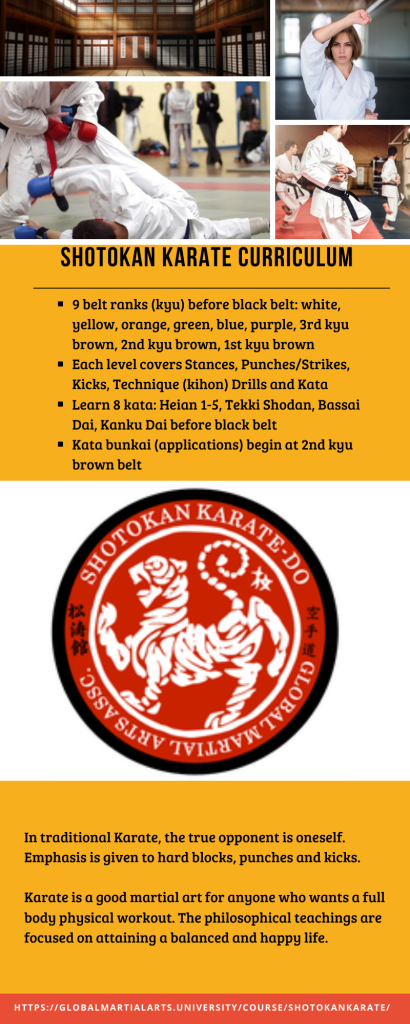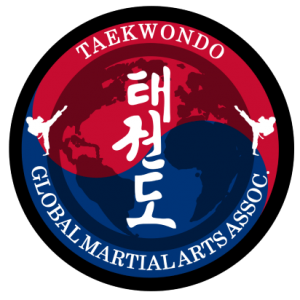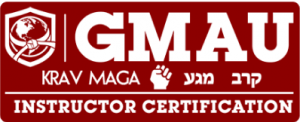The “3 Ks” in karate are often referred to as Kihon (basics), Kata (forms), and Kumite (sparring). Together, they represent the foundation of traditional karate training. Read on to learn more about the 3 Ks and the GMAU Shotokan Karate course!
Kihon (basics), Kata (forms), and Kumite (sparring) are crucial components in karate (空手) training.
Kihon establishes the foundation by teaching fundamental techniques and movements. Kata refines these techniques into a structured sequence, promoting precision and understanding. Kumite develops practical application, timing, and adaptability through controlled sparring. Together, these elements contribute to a well-rounded martial artist by fostering discipline, skill, and a deeper understanding of karate principles.

Image Source: Adobe Stock
Kihon (基本)
In karate, kihon refers to the fundamental basics or building blocks of the martial art. It includes stances, punches, kicks, blocks, and strikes.
Kihon is essential for developing proper form, balance, coordination, and strength. Practicing kihon regularly is crucial for mastering the fundamental techniques that serve as the foundation for more advanced karate movements.

Image Source: Adobe Stock
Kata (型)
Kata is a predetermined sequence of movements that simulates a fight against multiple imaginary opponents. It serves as a structured form of training, integrating various techniques, stances, and transitions.
Practicing kata enhances a martial artist’s precision, coordination, and understanding of the applications of techniques. It’s a traditional and essential aspect of karate, providing a platform for refining and internalizing martial principles.

Image Source: Adobe Stock
Kumite (組手)
Kumite refers to the practice of sparring or engaging in controlled, simulated combat with an opponent. It allows martial artists to apply the techniques learned in kihon (basics) and kata (forms) in a dynamic and responsive setting.
Kumite develops timing, distance control, and adaptability, promoting practical application of karate techniques in real-time scenarios. It’s a crucial component of karate training that enhances both offensive and defensive skills.
The GMAU Shotokan Karate Course
The Global Martial Arts University (GMAU) has an amazing Shotokan Karate course.

Set up a FREE Beginner’s Account and start training TODAY!










I have tried to create account but wasn’t recognized and accepted. I’m really interested in learning shotokan karate. I had already started but left at white belt level.
Hi Samuel,
We’re sorry to hear you’re having difficulty enrolling in the GMAU Shotokan program. Please create a new ticket on our student-support portal and we’ll be happy to assist you directly there: https://globalmartialarts.freshdesk.com/support/home
Thanks!
The GMAU Team